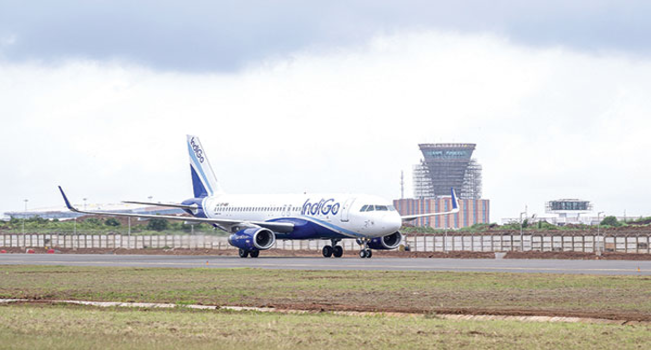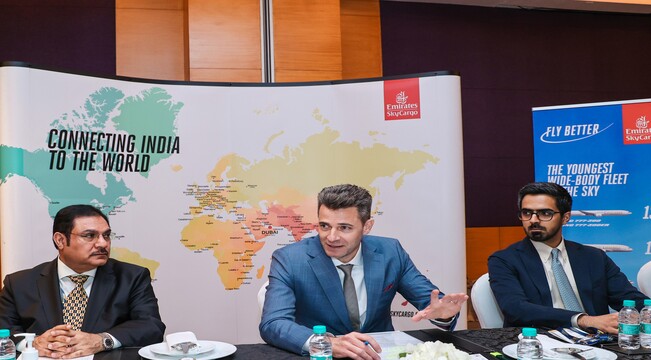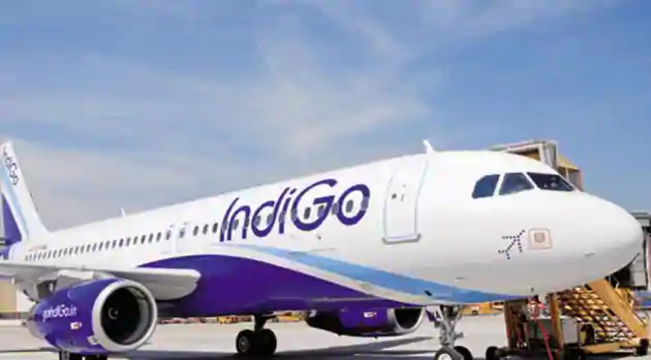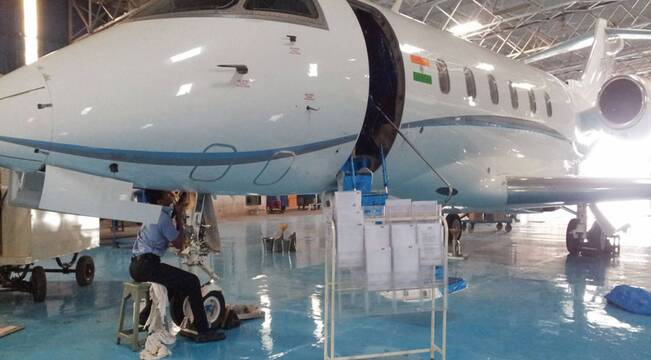Stratolaunch successfully flew the first powered flight of its Talon TA-1 test vehicle on March 9, marking a key step towards the company’s goal of supporting regular and reusable hypersonic test capability.
Stratolaunch says data from the flight is still being analyzed, though initial indications are the TA-1 achieved around 200 seconds of powered flight and accelerated to a high supersonic speed. Although hypersonic speed is traditionally Mach 5 or above, high supersonic usually denotes Mach 3-plus with the Talon widely thought to have achieved well in excess of Mach 4 on this run.
Powered by a 5,000 lb.-thrust Ursa Major-built Hadley rocket engine, the Talon is designed to fly at hypersonic speed for several minutes. The TA-1 mission was the first to evaluate the complete system in free-flight at full power, and Stratolaunch appears confident the vehicle will continue to improve in terms of range and speed.

“This a very big step towards putting the U.S. back on track to having reusable hypersonic capability which we haven’t had for years,” says Stratolaunch CEO and President Zachary Krevor. “We got the right energy conditions and were able to execute secondary and tertiary test targets. We are really pleased with the ignition of the Ursa Major rocket engine, the climb to altitude we planned and the conditions which we gave to our customers.”
Payloads and experiments incorporated into TA-1 supported hypersonic system tests contracted by the U.S. Air Force Research Laboratory in November 2022. TA-1 was also scheduled to demonstrate SkyRange, a new airborne test range instrumentation system funded by the U.S. Defense Department. For this initial evaluation the TA-1 was also expected to be tracked by specially modified unmanned systems, although it remains unclear if this aspect was included in today’s test.
The Talon, which was carrying several test payloads, was dropped from the Roc carrier aircraft at around 9:40 a.m. Pacific time while flying at close to 22,400 ft. and 167 kt., inside Vandenberg Space Force Base’s Western Range off California’s central coast. The Talon vehicle was tracked briefly by an L-39 photo chase plane, which had flown from Merced to rendezvous with Roc and the company’s other chase aircraft, a Cessna 550 Citation II. Data from the flight indicates the Talon also coasted for up to five minutes after burnout, splashing down off the California coast.
“The vehicle achieved everything we planned and more,” says Aaron Cassebeer, Stratolaunch senior vice president of engineering. “We flew for a couple of hundred miles, and part of the trajectory required some maneuvering.” The test also builds “significant confidence” towards the next major target, which will involve recovering the second powered Talon vehicle for a landing at Vandenberg, thus making the system fully reusable.
That flight, using vehicle TA-2, will be attempted in the second half of the year says Krevor. “First we’ll evaluate data from this test, and Roc will undertake a variety of additional flight tests to push its performance,” he adds. The company is also considering adding a fueling top-off capability to Roc for enhancing Talon performance.

“All of those options are on the table. We are evaluating those trade studies to boost performance as much as possible and we have a propellant system on-board in that trade space,” says Krevor according to the reports published in aviationweek.com .
Stratolaunch is also developing two sets of modifications for the company’s recently acquired Boeing 747-400 which was formerly used as a launch platform by Virgin Orbit. The modified 747 will also be used to drop Talon vehicles, and is being developed as a service to augment current hypersonic test launch platforms including the U.S. Air Force’s B-52H.


































